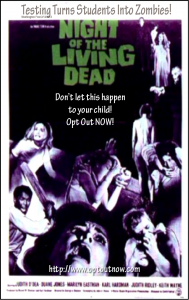Sometime after I posted the last entry on the relevance of Algebra, I was paging through a book catalog and it seemed like each page had at least one book that focused on how and why literature mattered. Here are just a few of the titles:
- Why Read Moby Dick? by Nathaniel Philbrick
- How to Teach Your Children Shakespeare by Ken Ludwig
- What W.H. Auden Can Do For You by Alexander McCall Smith
I haven’t ordered any of them. I’ve already read Moby Dick and W.H. Auden and spent a lot of time teaching children Shakespeare. At some point I realized I was trying to turn them into English majors, when what I really wanted to do was help them learn to love reading the way I did. If, eventually, they found Melville and Auden and the Bard, so much the better. But to force it upon them meant it only led to the inevitable question of why they needed to read it in the first place.
It is an interesting side note that the authors of these books are writers who were probably English majors at some point in their lives so perhaps the lesson here is that, if you plan to become a writer, then reading literature is part of the career path.
And then there’s this blog entry from Edutopia just published today: Why Do We Need To Learn This? Allen Mendler offers strategies for answering the question that might diffuse the immediate situation but never gets to the heart of the answer which is that someone, somewhere decided that “this” was important for everyone to know and, as Mendler does point out, it is going to be on a high-stakes test:
Upon hearing the “When will I ever use this?” refrain, a high school teacher I work with tells her students, “I’m not sure because I don’t know what you want to be in your life. But if you give me a list of everything you plan to do and accomplish, I’ll do my best to let you know when we cover something that I think you might use.” When kids say, “I don’t know what I’m going to do,” her response is, “Exactly. You might need it next week, next year or never. But it is going to be on Friday’s test, not because I want to make you miserable, but because at the end of the year, it is going to be on the state test, and if you want to pass, you need to know it.”
So, you have to know it because I’m going to test it and later someone else is going to test it? I think this is probably the worst answer to the question but the most relevant in our high-stakes world and that just makes me sad.

